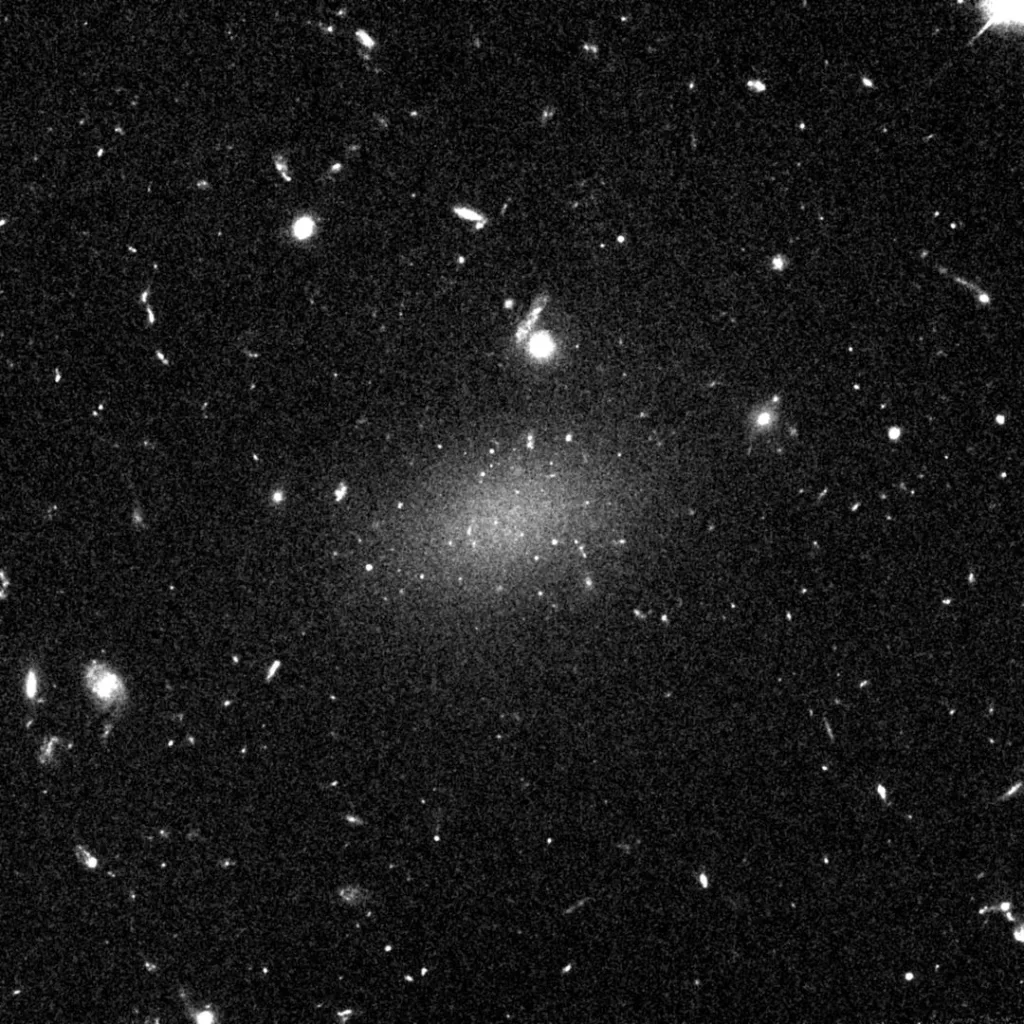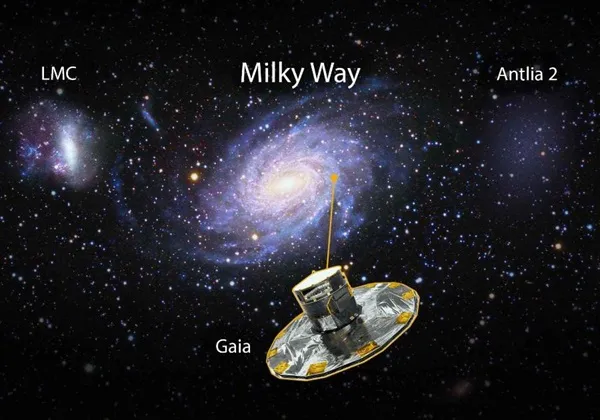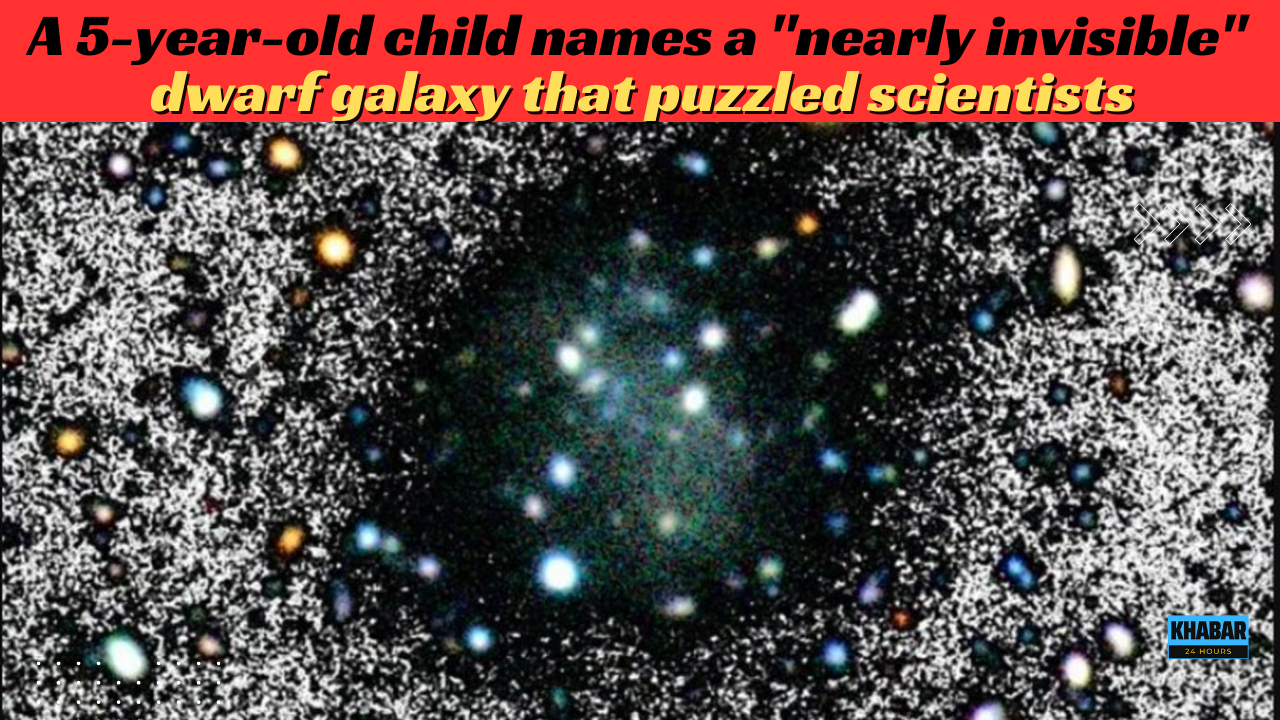The name “Nube” for the “almost invisible” dwarf galaxy was proposed by the 5-year-old daughter of one of the researchers.

Astronomers have stumbled upon a perplexingly faint entity that has left them scratching their heads. According to reports, this “nearly invisible” dwarf galaxy exhibits traits that deviate from the usual patterns observed in galaxies.
The galaxy, dubbed Nube, was identified by an international research team from the Instituto de Astrofísica de Canarias (IAC), in partnership with the University of La Laguna (ULL) and other research institutions, according to a study published in the journal Astronomy & Astrophysics.
Naming the Galaxy: A Child’s Inspiration
In a charming twist, the name “Nube” for the galaxy originated from the imaginative mind of a researcher’s 5-year-old daughter. When shown the image of the dwarf galaxy, she likened it to clouds and suggested the fitting name, “Nube,” which means clouds in Spanish.
Unique Characteristics of Nube
As outlined in the study, Nube stands out due to its remarkably low surface brightness, rendering it nearly invisible to previous surveys of the sky. The galaxy’s stars are dispersed over an extensive volume, leading to its elusive nature, akin to that of a ghost. This peculiarity makes Nube, which translates to “Cloud” in Spanish, particularly challenging to detect.
Astronomical Puzzlement: Nube’s Unusual Traits
Astronomers find themselves intrigued by the newly unearthed galaxy due to its distinct characteristics that distinguish it from other galactic entities. As stated in the study, Nube is not only ten times fainter than galaxies of its type but also ten times more expansive than other objects with a similar star count.
Astrophysicist Mireia Montes, the lead author of the study, expressed perplexity, stating, “Given our current understanding, we are unable to comprehend how a galaxy with such extreme traits can exist.”

Determining Nube’s Distance
Pinpointing the exact location of Nube presents a challenge due to its faintness. Utilizing observations from the Green Bank Telescope (GBT), researchers tentatively placed the galaxy at a distance of 300 million light years. However, further investigations are necessary to confirm the accuracy of this estimate.
Addressing the galaxy’s distance, Ignacio Trujillo, the study’s second author, remarked, “Even if the galaxy is found to be closer, it will remain an exceptionally peculiar entity, posing significant hurdles for astrophysics.”

ALSO READ :

